#Neolithic burial chamber
Text
Looking Back: The Old Stones Of Din Lligwy
Looking Back: The Old Stones Of Din Lligwy
We came here last week, Monday 2nd January 2023. I’d been here before – the north-easterly corner of Ynys Mon (Anglesey) and to this field above the sea, where there are ruins of a Norman chapel (12th century) and a Romano-Celtic settlement of the late 300s AD.
And with all these chronological markers in place, I should perhaps add one more and say that it was probably 60 years since I was last…

View On WordPress
2 notes
·
View notes
Text



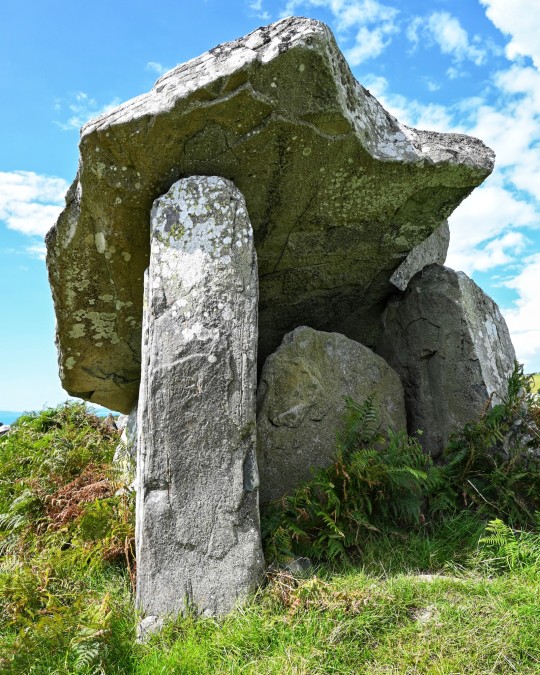

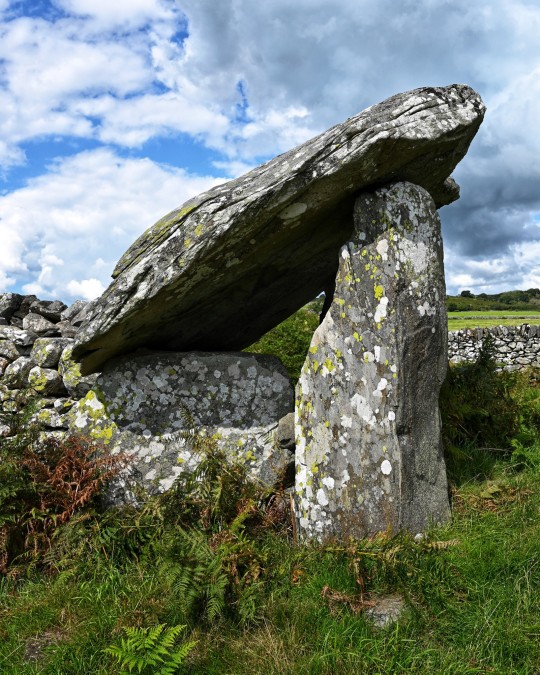
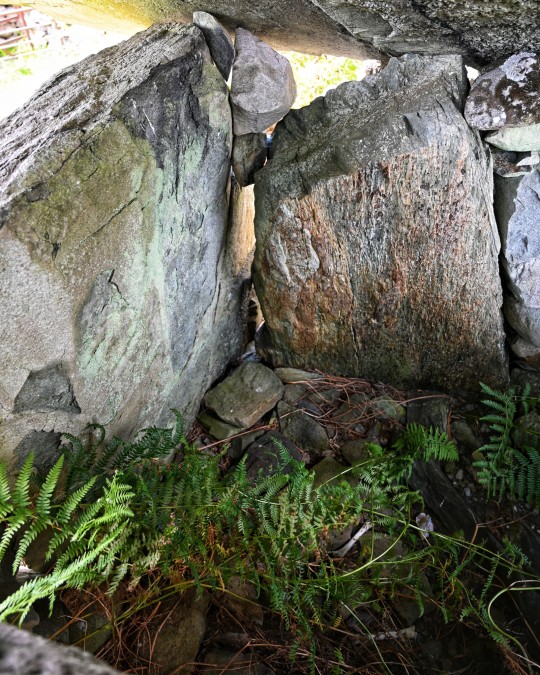



Gwern Einion Prehistoric Burial Chamber, Pensarn, Wales
#ice age#stone age#bronze age#copper age#iron age#neolithic#mesolithic#calcholithic#paleolithic#prehistory#prehistoric#megalith#megalithic#burial chamber#burial ground#burial mound#capstone#archaeology#ancient sites#Wales
738 notes
·
View notes
Text
The sophisticated engineering techniques behind the Menga Dolmen have been revealed! A new study, exposes how massive stones weighing over 100 tons were transported to the hilltop, creating an awe-inspiring monument that was the biggest structure of its kind.
22 notes
·
View notes
Text

Equinox Ritual
#own photo#not my offerings#it was already there#this was at a neolithic burial chamber I visited yesterday#equinox#garland#wreath#spring#beginning of spring#nature#burial chamber#standing stones#lensblr#original photographers#photographers on tumblr
17 notes
·
View notes
Photo
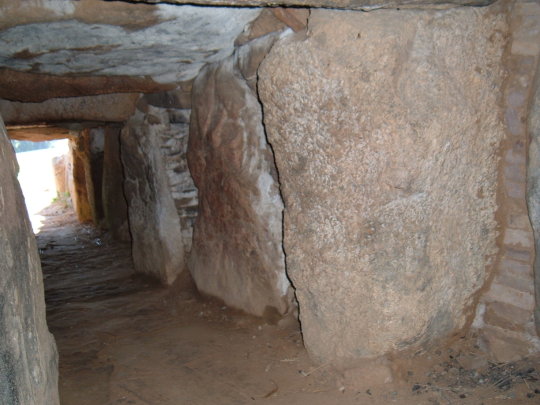
Klekkende Høj passage grave on the island of Møn in Denmark. View from the inside of the south tomb along the entrance passage

view looking north from southern end of tomb
#megaliths#archaeology#neolithic#funnelbeaker culture#prehistory#megalithic tomb#denmark#burial#burial chamber#funerary rites#passage grave#my upl
65 notes
·
View notes
Photo
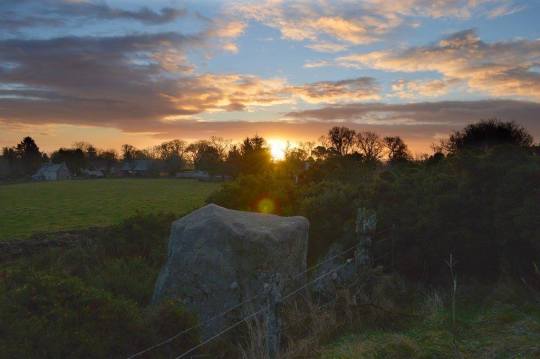
Clashmore, Midwinter Sunrise
An astronomical survey of about 70 Orkney-Cromarty round cairns in the Northern highlands suggested that the remains of the Clashmore burial chamber was aligned towards the midwinter sunrise. This was photographed at 9:20am on the 20th December 2013.
Clashmore is a scattered township in Assynt, in Sutherland, in the Highlands. It is situated on the Rubha Stoer, 10 km north west of Lochinver.
Pic from Canmore Rcahms but the original linkI posted years ago is now dead.
44 notes
·
View notes
Text
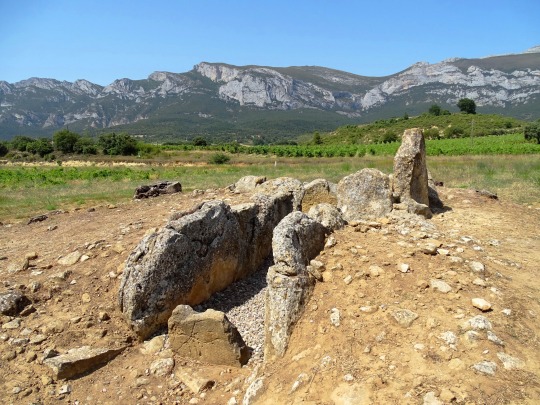


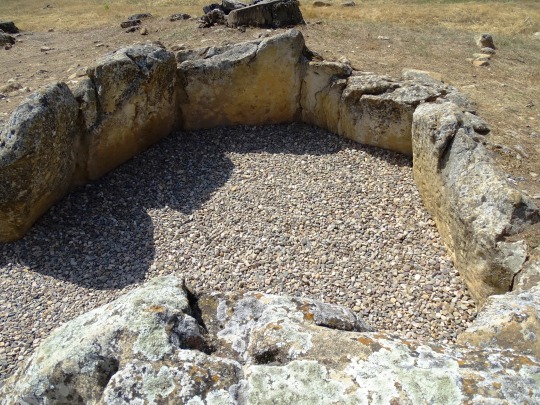





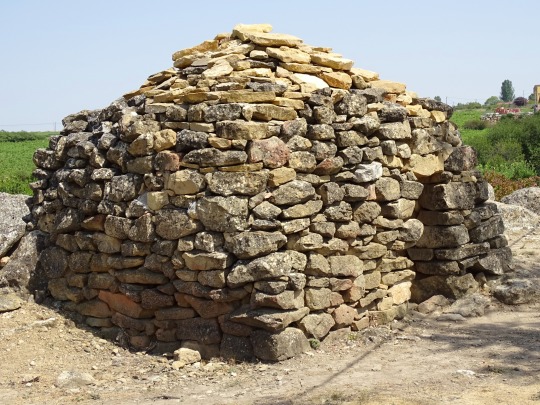
El Sotillo Trikuharria Burial Chamber/Dolmen of San Martín, Spain
The dolmen of San Martín is a dolmen located next to the N-232a road, at kilometer point 63, which connects the town of Laguardia with Leza, in the Alava region of Rioja Alavesa in the Basque Country (Spain). It is considered one of the oldest constructions found in the world.
It is a corridor dolmen covered with flat slabs and burial chamber. All this surrounded by a circular tumulus of earth and stones that has been damaged by the farm. A special feature of this dolmen is the dual use that has occurred in two different eras. The monument was erected at the end of the Neolithic on a small hill that had a sacred character for the community. It suffered the fall of two of the slabs that made up the burial chamber at the end of the Neolithic early Chalcolithic and continued to be used until the end of the Chalcolithic or beginning of the Bronze Age. On the dolmen, leaning on the slabs of the dolmen chamber, a hut or guardaviñas has been built, which takes advantage of stones from the tumulus itself.
It was declared cultural assets in the category of monument and obtained the degree of protection of qualified by Decree 183/2011, of July 26, 2011 along with the other dolmens that make up the "Set of monuments" of the dolmens of the lowlands of the Historical Territory of Álava.
The burial chamber is polygonal formed by 10 large sandstone slabs. They have dimensions of 5.75 meters by 3.10 meters and a maximum height of 1.90 meters. The corridor has a length of almost 5 meters and a width of 1.20 meters with a height of 1.30 meters. It was covered with slabs and maintains one of them. In one of the five large slabs that form it there is a series of holes or bowls typical of megalithism art.1The tumulus, of stone and earth, has dimensions of 26 by 14 meters and a height of 2.15 meters, its northern part has disappeared having been damaged by the agricultural work of the field where it is located. It is estimated that the tumulus had a cover of white limestone from the nearby Sierra de Cantabria, the hypothesis is based on the fact that there are still stones of that type in the tumulus and in the salvaviñas hut that has been built on the dolmen supported on the orthostats of the northwest of the chamber.
Source: Wikipedia
#El Sotillo Trikuharria Burial Chamber#Dolmen of San Martín#Laguardia#Rioja Alavesa#Basque Country#Neolithic#archaeology#ruins#free admission#travel#original photography#vacation#tourist attraction#landmark#architecture#landscape#Northern Spain#Southern Europe#España#summer 2021#nature#flora#Spanish history
11 notes
·
View notes
Text
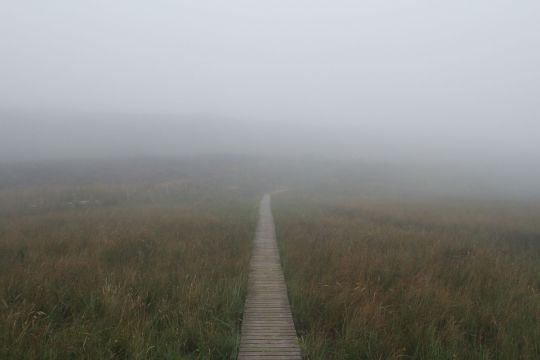
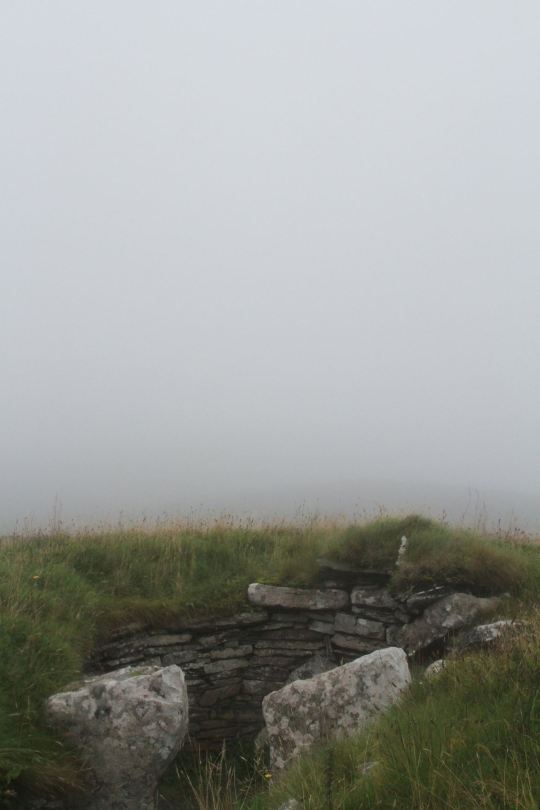
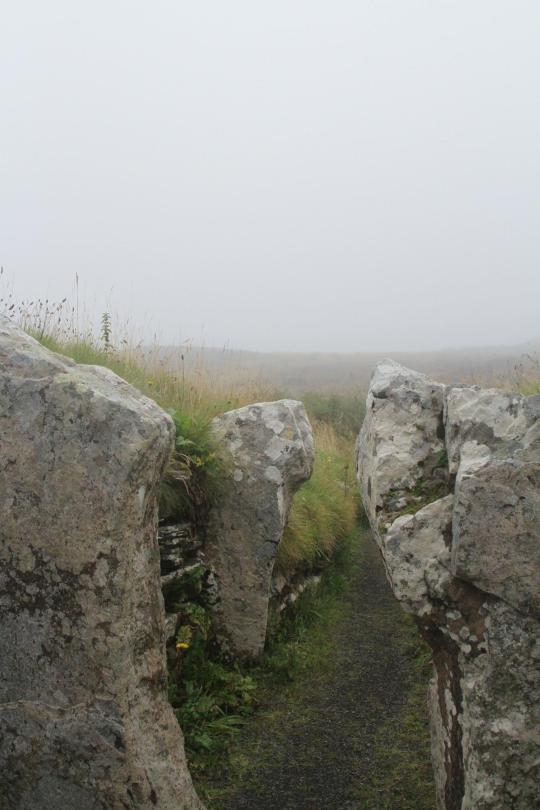
Cairn O' Get, 2016
0 notes
Text
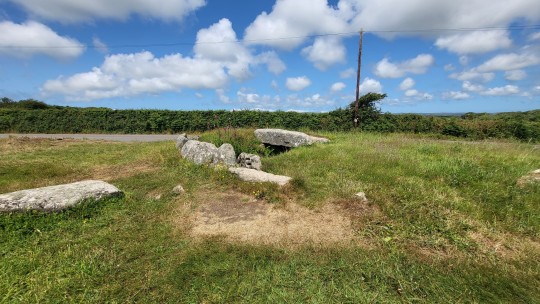
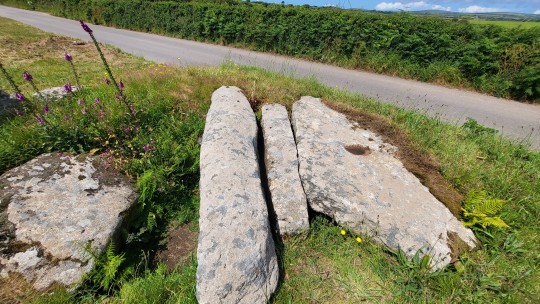
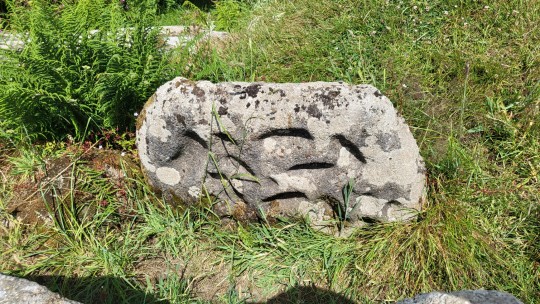

21st June 2023
Tregiffian Barrow (Hirvedh Treguhyon in Kernewek), also called Cruk Tregyffian, is a stunning Scillonian chamber tomb located a stones throw from the Merry Maiden’s circle, just past Nansmornow. It’s been cut in half by the road right beside it, but 4.3 meter long & 1.2 meter wide chamber survived, while half the kerbstones did not. There are three massive capstones still in place while their fourth fellow has fallen. The most visually exciting part of the tomb is now kept safe in Cornwall Museum over in Truru – a cupmarked stone. There’s a cast in situ at the tomb as part of the entry so the impression is not lost.
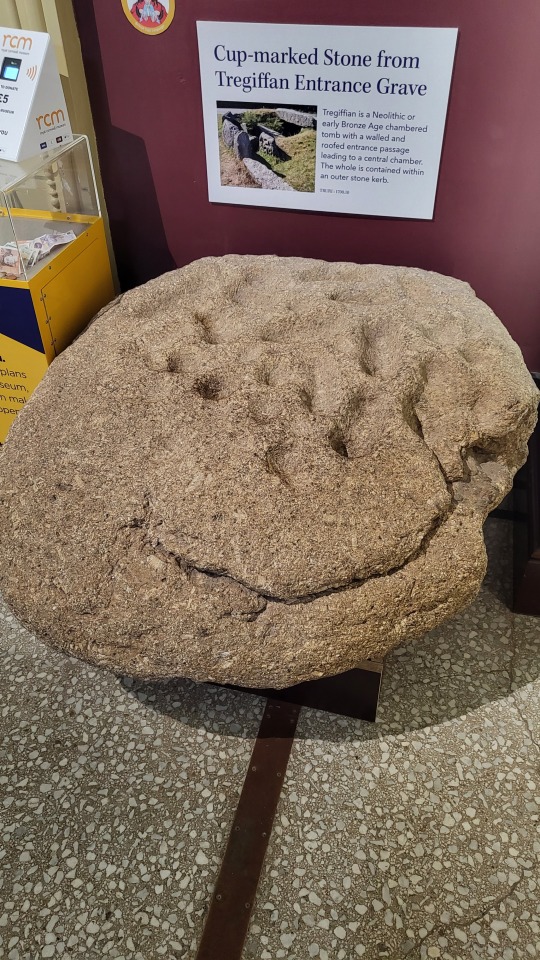
Archaeological study has found both bone fragments from cremation & urns along side flints, as well as the potential for the tomb to have been used at least twice by a community – if not more. The contents have been dated to 1900 BC and there are some light theories that it formed a ritual or religious complex along with the surrounding stones.
megalithic.co.uk
#Tregiffian Barrow#Cruk Tregyffian#chambered tomb#barrow#burial site#neolithic burial site#neolithic#bronze age#neolithic tomb#burial tomb#cupmarked stone#kernow#cornwall#megalithic site#neolithic site#Hirvedh Treguhyon#scillonian chamber tomb#entrance grave
1 note
·
View note
Text
studying for my prehistory of the aegean exam and this part stuck w me:
grotta-pelos (early cycladic 1, c. 3300 - 2700 bce) — inhumation-type burials inside stone chambers (...) crouched position, tendons cut (...) before the limbs were tied — belief in the ability of the dead to rise?
u r not prepared for the late neolithic vampires of the cyclades
17 notes
·
View notes
Text
Communing With The Ancestors At Dyffryn Ardudwy
Communing With The Ancestors At Dyffryn Ardudwy
Scan an ordnance survey map of Wales, and especially the county of Gwynedd where we were a couple of weeks ago, and you will soon spot a host of prehistoric remains: hut circles, standing stones and chambered tombs. They can be found on the coast, in the immediate hinterland and in the uplands of Snowdonia, thus giving an impression of a very busy ancestral landscape.
Of course there is no way of…

View On WordPress
#Bronze Age#chambered cairn#Dyffryn Ardudwy#Neolithic burial chamber#Pentre Ifan chambered tomb#Tish Farell Writer
0 notes
Text

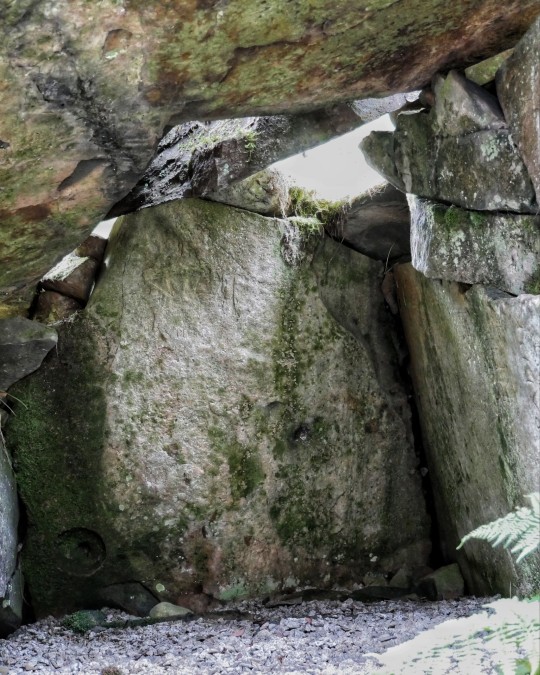


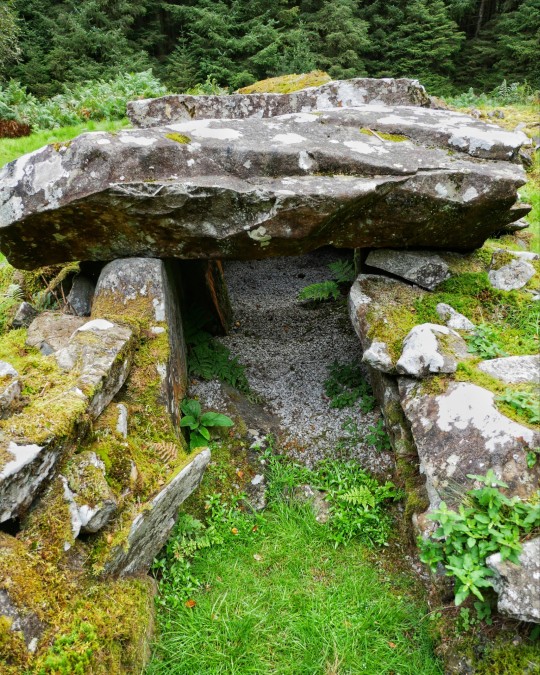

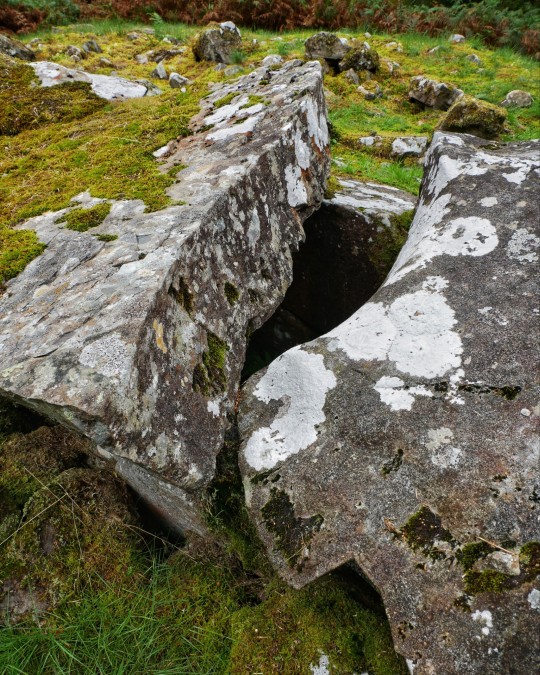
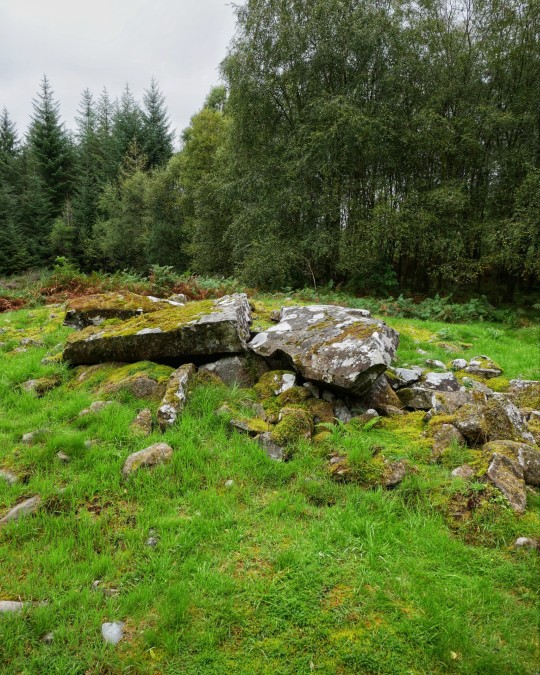


'The White Cairn Of Bargrennan' Prehistoric Chambered Cairn, Dumfries and Galloway, Scotland
#ice age#stone age#bronze age#copper age#iron age#neolithic#mesolithic#calcholithic#paleolithic#prehistoric#prehistory#megalithic#megalith#burial mound#burial chamber#burial ground#cairn#chambered cairn#archaeology#Scotland#ancient sites#ancient living#ancient craft#capstone#outdoors#ritual#monument
485 notes
·
View notes
Text
Archaeologists in Sweden have been grappling with a mysterious find dating back to the Stone Age. Missing skulls and bones within the grave have led the team to pose intriguing questions, as they try to understand the stories behind this early Neolithic burial chamber.
The dolmen in Tiarp near Falköping dates back to 3500 BC, making it a treasure trove of ancient secrets. Working to decode the DNA and explore ancient family ties, this dolmen in Sweden is unveiling the unique construction of this historical gem.
21 notes
·
View notes
Photo

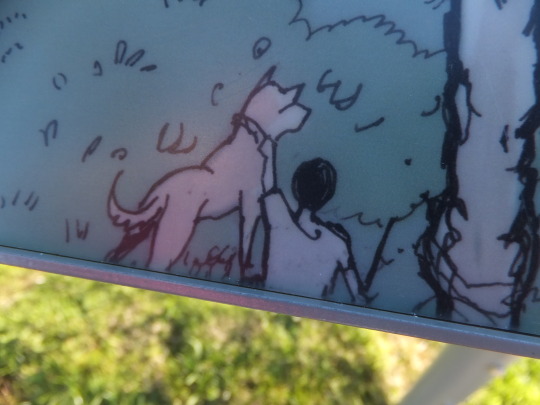

It was pretty busy at Pentre Ifan - by which I mean 7 people. One of those was a professional photographer that you can see the shadow of in the photo on the right. He was circling around the chamber and, like, no fault of his own...I guess, but I felt observed, like I was obstructing his view when getting close to the stones. That meant I didn’t really have a chance to truly connect and feel the site, as I might have had if no one else had been there. There was also a girl with a flower crown on her head and a drum, who also looked like she was waiting for the site to empty. I decided against chatting to her to not disturb her peace. She had a Moomin bag though, which I liked. It was difficult to get shots without either the guy, the girl (she can be seen sat on a stone on the left of the third photo), or team octogenarian (who arrived just before we did) appearing. I took about six photos in total, and I think the best is the one I posted before this post. Due to photographer guy, perhaps it’s a more unusual angle of the site.
There seems to a be a bit of a push and pull debate about Pentre Ifan, which I found myself pondering over for a little a while after visiting. Right up until 2014 (and indeed in the book I have about the site, which was published before that date) it was generally agreed that what you see is the entrance to a now eroded burial chamber. Essentially, that structure you see today is a big ol’ door frame and the mound of earth on top and around it, are no longer there. This makes archaeological sense because you can see where the chamber extended to via earthworks on site (a big rectangular mound). In 2014, a paper was published, claiming that this could well be incorrect and that it was always just a landmark monument: that of a purposefully created sculpture, like a classic standing stone. The noticeboard states this 2014 theory has equal weight (putting the previous theory as a 20th century idea) and that made me wonder if there was a reason behind this idea being pushed.The idea of it being a sculpture and not a burial chamber, means that the site would have looked this way, not just for hundreds of years, but thousands. Which of course is way more romantic and mystical and enchanting to the average visitor, than saying ‘this was once a door frame’. The noticeboard says that the main stone was split and constructed to look like it was floating. If it was a burial chamber (as originally stated up until 2014), then that stone would essentially be a soil-covered roof stone and what is seen today, would not have been seen until far later in history, after the soil had eroded away.
I’m a writer and I love folktales and stories and, yes, how romantic the notion that what we see there today would have looked exactly the same for the ancient Britons. That they built it not as a tomb, but as a sculpture, complete with ‘hovering’ centre stone. I love that but, to me, it shouldn’t be presented as an theory with equal weight, when the opposing theory has SO much more tangible evidence. There is also written evidence that the monument looked as it does today, as early as 1603, so it can still be claimed, factually, that it has stood looking that way for literal centuries. That’s still pretty magical to me. I’m just not keen on the facts being bent in the name of...just wanting a more interesting story? There’s at least four hundred years of those shapes standing on a Pembrokeshire hillside - that’s a lot of stories. And some of them could be very magical indeed.
#emeraldtext#Pentre Ifan#burial chamber#long barrow#neolithic#own photos#pembrokeshire#trip#september 2022#archaeology#theories#diary#journal#wales#ancient history
1 note
·
View note
Text
Deep dives into folklore: Arthurian legends pt 2

The Arthurian legends have captivated imaginations for centuries, weaving a tapestry of chivalry, romance, and heroic quests. While King Arthur himself remains a figure shrouded in myth and mystery, many of the stories associated with him are said to have their roots in the rugged landscapes of Wales. In the second part of this deep dive, we'll embark on a journey to explore modern-day locations in Wales that are believed to be the basis for some of the most enduring tales of King Arthur and his knights.
Tintagel Castle, Cornwall and Dinas Emrys, Gwynedd
Our exploration begins with Tintagel Castle in Cornwall and Dinas Emrys in Gwynedd, both of which are associated with Arthurian legends. Tintagel Castle, perched dramatically on the Cornish coast, is believed by some to be the birthplace of King Arthur. While this claim remains unverified, the castle's dramatic setting and historical significance make it a must-visit for Arthurian enthusiasts. (or at least those with the patience to walk up and down a lot of stairs, trust me, ive been there)
In contrast, Dinas Emrys, a hill fort in Snowdonia, is connected to Arthurian lore through the legend of the red and white dragons. According to the legend, the future King Vortigern sought to build a fortress at Dinas Emrys, but his efforts were thwarted by the discovery of two battling dragons—one white and one red. A young Merlin, believed to have been a wizard and advisor to King Arthur, interpreted this as a prophecy of the conflict between the Britons (represented by the red dragon) and the Saxons (represented by the white dragon).
Caerleon, Newport
Caerleon, a picturesque town near Newport, is often identified with the ancient city of Camelot. In Arthurian legends, Camelot was the legendary court of King Arthur and the Knights of the Round Table. While there is no concrete historical evidence linking Caerleon to Camelot, the town's Roman ruins, including an impressive amphitheater and fortress, add to its mystique. Visitors can explore the remains of Isca Augusta and imagine the grandeur of Arthur's court.
Arthur's Stone, Gower Peninsula
On the stunning Gower Peninsula in South Wales, you'll find Arthur's Stone, a Neolithic burial chamber also known as Maen Ceti. Legend has it that this massive stone was thrown onto the peninsula by King Arthur himself. While this may be a whimsical embellishment, the site's ancient history and striking location overlooking the landscape make it a captivating place to visit.
Llyn Llydaw, Snowdonia
Llyn Llydaw, a serene glacial lake nestled beneath the towering peaks of Snowdonia, is associated with the Lady of the Lake—a character often featured in Arthurian legends. According to the tales, it was here that the Lady of the Lake gave King Arthur the legendary sword Excalibur. While this might be more legend than history, the lake's tranquil beauty and the surrounding wilderness offer a sense of the mystical that resonates with Arthurian themes.
Glastonbury Tor, Somerset
Although not in Wales, Glastonbury Tor in Somerset, England, is closely connected to Arthurian legends and deserves a mention. The Tor is said to be the location of the mythical Avalon, where King Arthur's body was laid to rest after his death. Many believe that the Tor's enigmatic terraces and the nearby Chalice Well Gardens are steeped in the Arthurian legacy, making it a significant pilgrimage site for enthusiasts of the legends.
Conclusion
The modern-day locations in Wales, along with some neighboring areas, offer a rich tapestry of settings and landmarks that have become deeply ingrained in the Arthurian legends. While the historical accuracy of these associations may remain elusive, the charm of these places is undeniable. Whether you're a fervent Arthurian scholar or a casual admirer of legends, exploring these sites provides a tangible connection to the enduring stories of King Arthur and his knights, enriching our understanding of this captivating chapter in Welsh and British folklore.
Taglist (reply or reblog to be added):
@axl-ul @crow-flower @thoughts-fromthevoid @alderwoodbooks @harleyacoincidence @tuberosumtater @sonic-spade @theonlygardenia @holymzogynybatman @nulliel-tres
#writeblr#writers of tumblr#bookish#writing#booklr#fantasy books#creative writing#book blog#ya fantasy books#ya books#deep dives into folklore#merlin bbc#bbc merlin#folklore#books#literature#merlin#king arthur#merlin emrys#arthur pendragon#guinevere#morgana pendragon#gaius
10 notes
·
View notes
Text
The Threefold Death was said to have been reserved for heroes, kings, mythic beings, or serious offenses. This type of death was extreme. Three deaths enacted upon the body; a drowning, a wounding/burning, and a hanging. As I was considering the Orion constellation and a created mythos based around the positioning of the constellation, I felt drawn to the notion that it was the specific positioning of the body that acted as a conduit for accessing the land of spirits. When the constellation is in the southern hemisphere and is inverted, it seems as though he is opening a door to the underworld.
This seemed like UPG at first until I came across a word that interested me: Maeshowe. It's a Neolithic burial chamber in Orkney, Scotland and the design of it is set up to be a chambered cairn to house the dead; however, there are some interesting things about this site that make it stand out.
For starters, not all of the graves contain human remains. This was either to space them out, giving them suitable room (it makes me wonder if they were distinguished individuals that were placed inside) - the other theory is that it was also or previously used for calendrical observations and rites. There are passages inside the mound that allow for observation of constellations and megalithic stones (furthering the notion that ceremonies and rituals were observed here).
What is most relevant here is that there are parts of Maeshowe that were purposely built upside down to resemble the afterlife.
"The interpretation is that the side chambers are built to be within the netherworld, by the main chamber walls acting as membranes, separating this life and the next, and that the internal walling material is conceived to physically represent the underworld." - Jay van der Reijden, University of the Highlands and Islands.
So with that being said, where my thoughts and research have been taking me is furthering my belief that the human body and soul(s) are an echo of the otherworld, and when rightly "attuned", facilitate the journey - open the gate - to those interactions. The concept of the suspended body may be a way of shocking the mind and souls into accessing the liminal and the upright or inverted postures may direct the gate that is accessed. It may even be viewed as a sort of tableau depicting a sacrifice played out - and while in this case it's not an actual sacrifice, it's symbolic in nature.
#cosmology#personal praxis#wren rambles#fairy faith#deity veneration#witchcraft#traditional witchcraft
32 notes
·
View notes